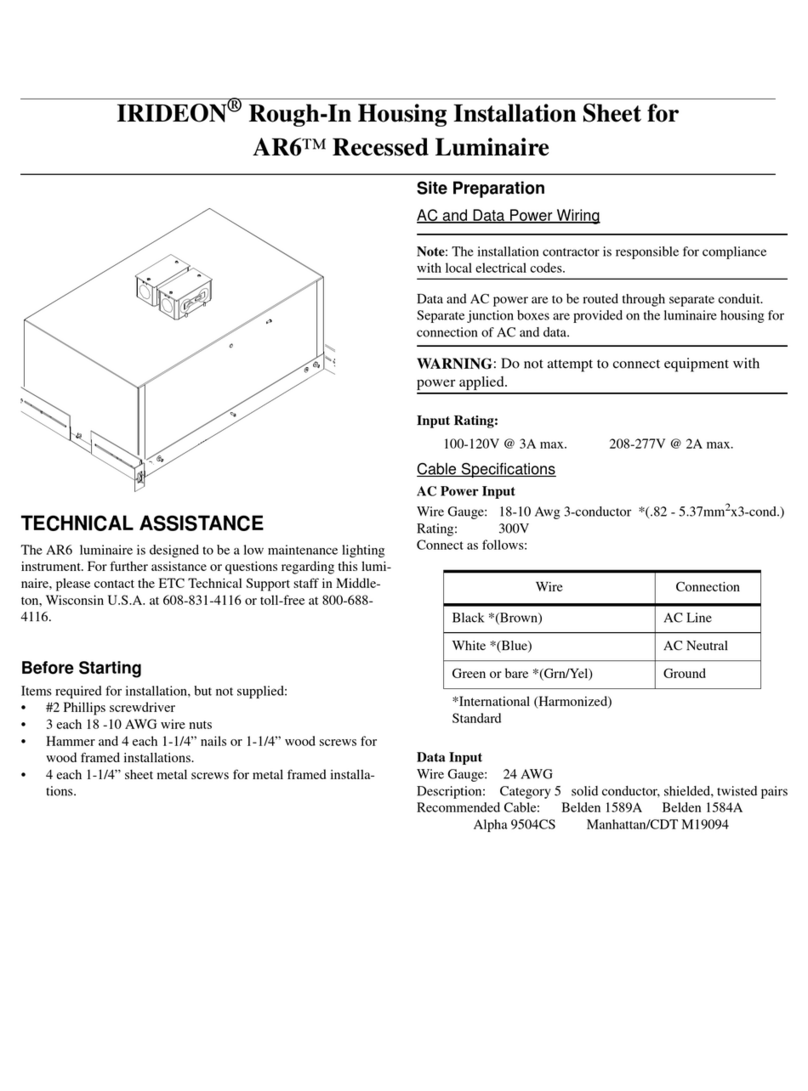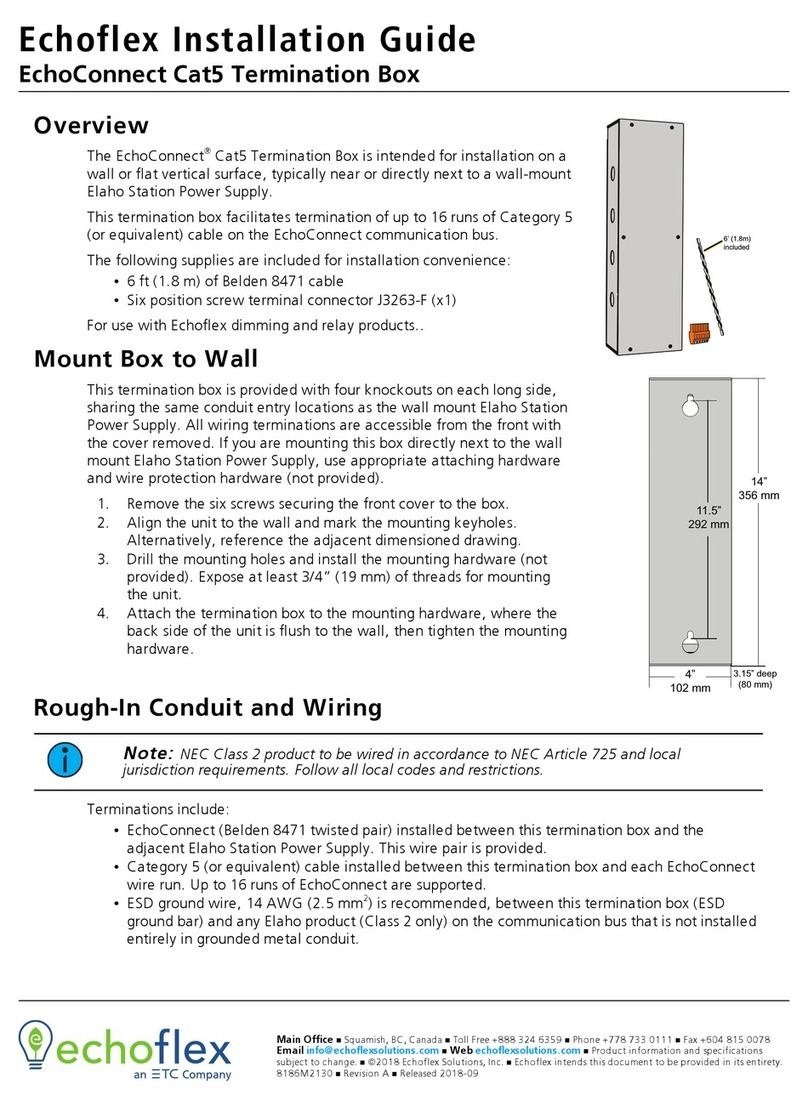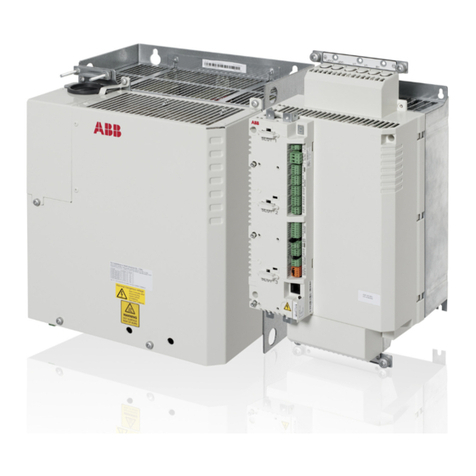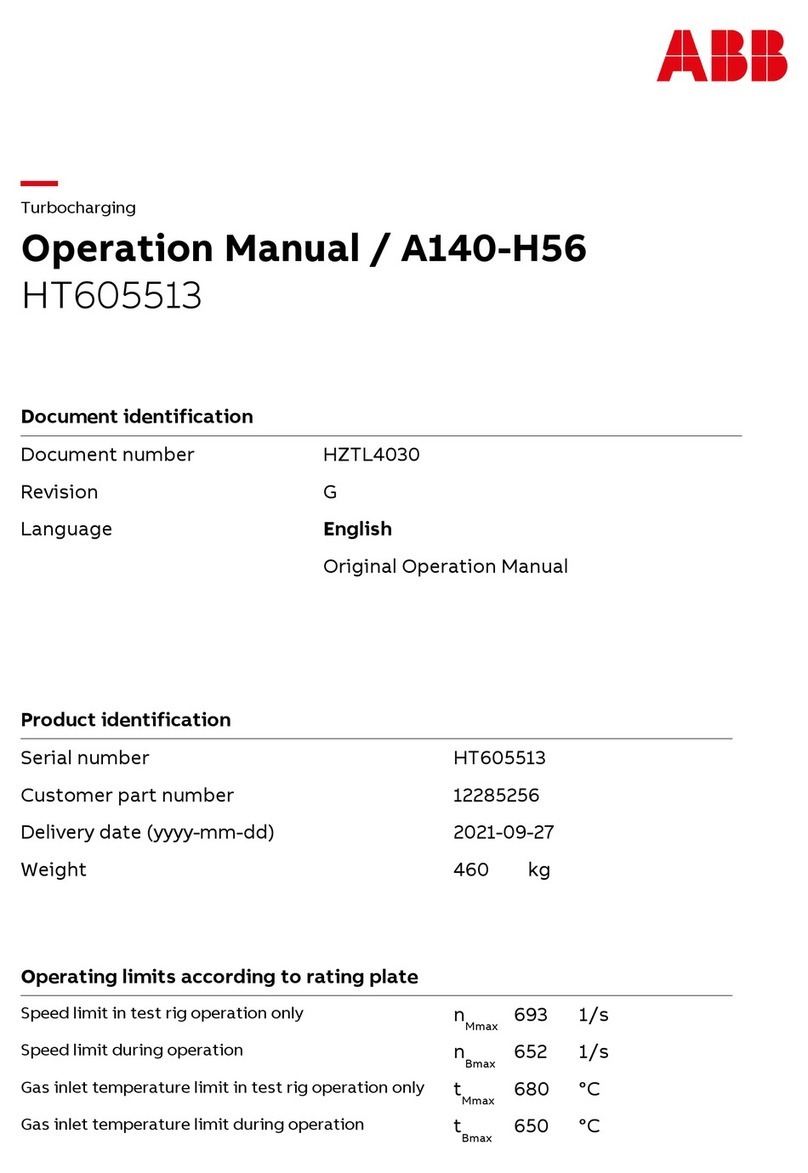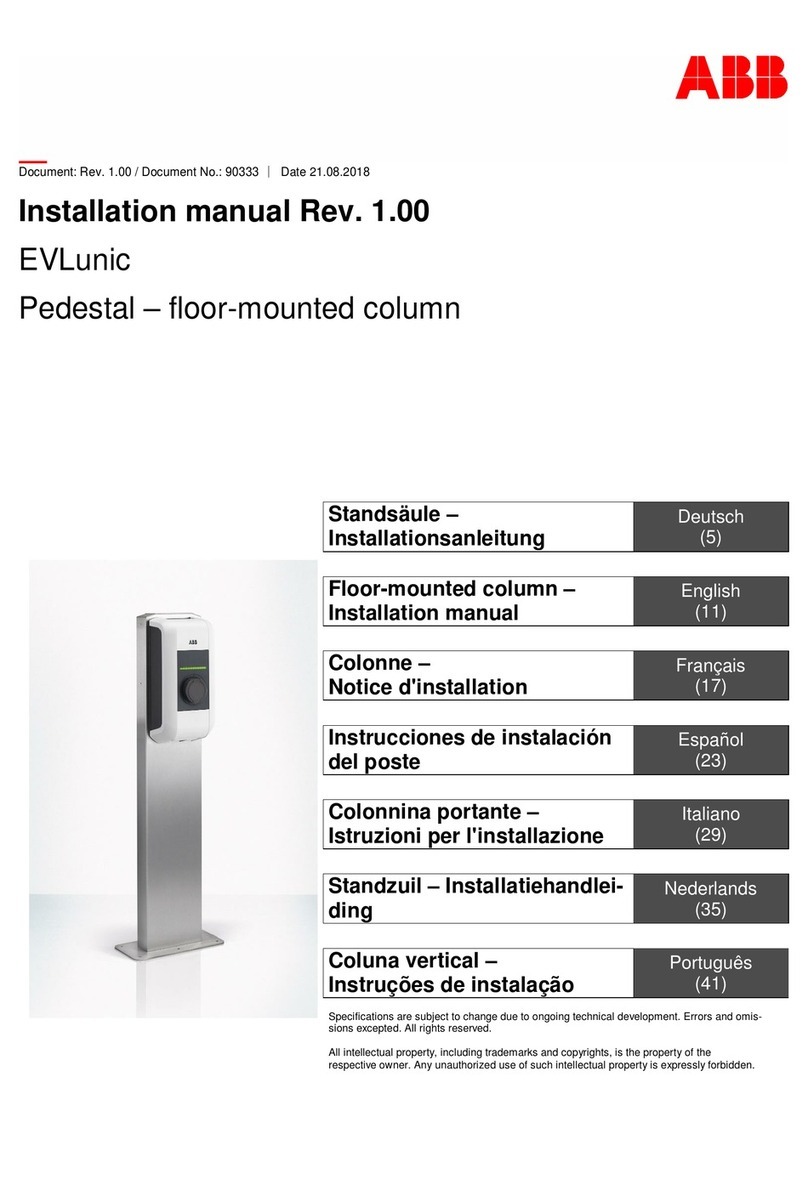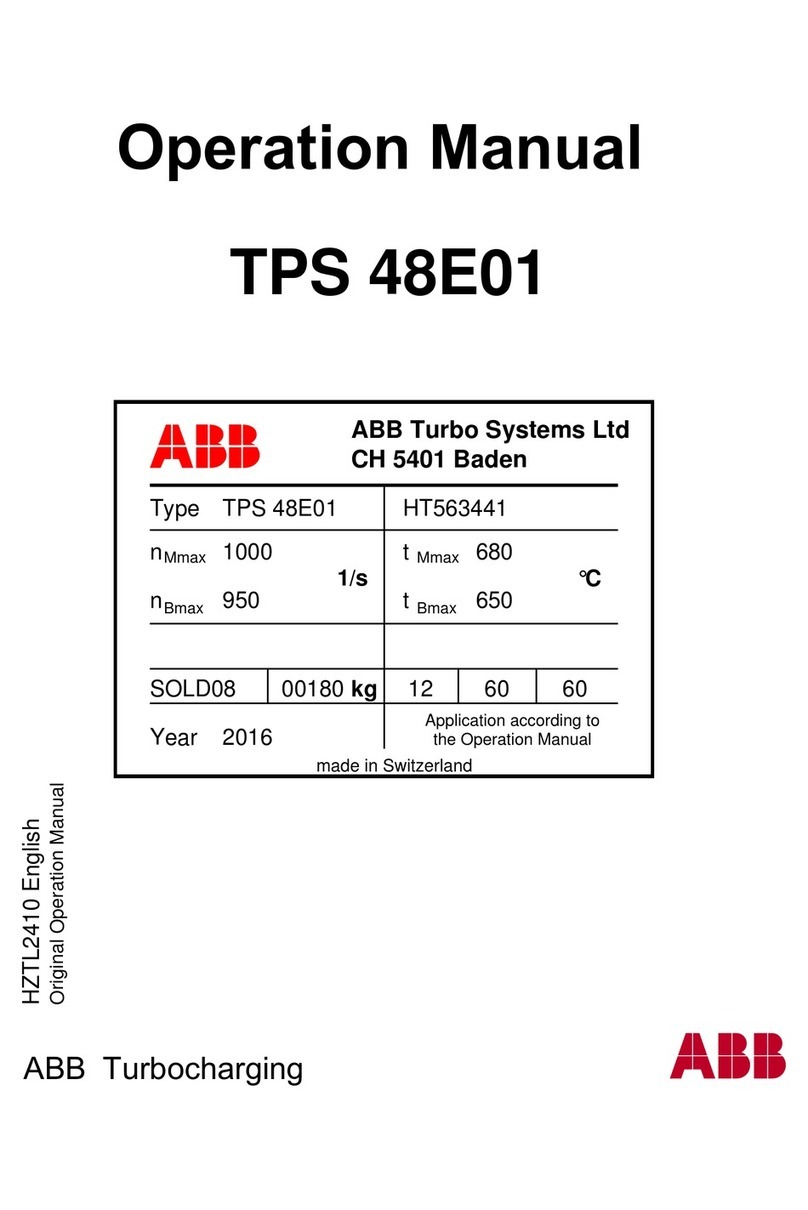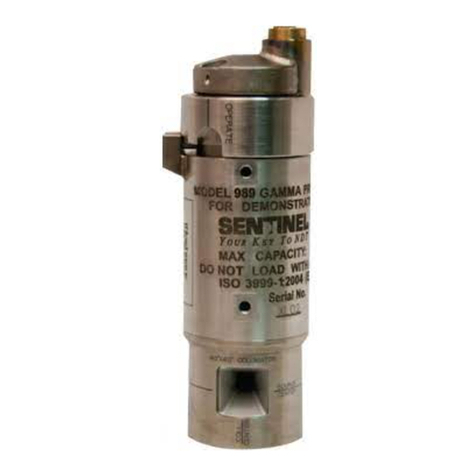ETC M-138 User manual

OPERATIONS
AND
MAINTENANCE
MANUAL
MODEL
M-138
Contract
N°:
4522
ETC
SOR
Nº:
101785
June
1998


138
Series
Sterilizers
|
“
Original
Operations
and
Maintenance
Manual
$
November,
1996
STERILIZER
SAFETY
PRECAUTION
SUMMARY
©
EXPLOSION
HAZARD:
“The
sterilizer
is
not
designed
to
process
“..
flammable
liquids.
+
¿SLIPPING
HAZARD:
Immediately
wipe
up
any
spillage
or
condensation
in
the
sterilizer
area.
:
AT
CORPORATION
MI
DOC
00000
m
É
出

138
Series
Sterilizers
Operations
and
Maintenance
Manual
&
RESUMEN
MEDIDAS
DE
PRECAUCION
Original
November,
1996
κά
Wi
18800
:
‘averi
{
a.
=
a
máscara
protectora),
.
RIESGO
DE
EXPLOSION:
Este
esterilizador
no
esta
diserado
para
tratar
con
líquidos
inflamables.
RIESGO
DE
RESBALAR:
Seque
inmediatamente
cualquier
tipo
de
derrame
o
condensación
en
el
area
del
esterilizador.
る
>
ENVIRONMENTAL
e
(“TECTONICS
CORPORATION
RIESGO
DE DE
QUEMADURA:
Una
vez
que
un
ciclo
ha
sido,
‘ejecutado,
el
:
‘nuevo.
el
esterilizador
ме
e
trate
con
liquidos
tambien
debera.
usar
re
Keren

138
Series
Sterilizers
Operations
and
Maintenance
Manual
1.0
INTRODUCTION
The
M-138
sterilizer
is
a
portable,
fully
jacketed,
horizontal
pressure
type
vessel,
designed
for
use
under
all
field
emergency
conditions.
It
is
suitable
for
sterilizing
and
drying
surgical
instruments,
utensils,
dressings,
and
flasked
surgical
solutions.
The
sterilizer
is
manufactured
from
a
welded
aluminum
alloy
lightweight
construction.
The
chamber
assembly
has
internal
dimensions
of
16"
diameter
x
36“
long.
It
is
supported
in
a
combination
case
at
the
backhead
and
end
ring
to
provide
rigidity
and
protection.
When
closed,
this
case
completely
encloses
and
protects
the
sterilizer
and
its
heat
source.
The
enclosure
also
serves
as
a
shipping
container,
and
when
opened,
provides
a
stand
for
the
sterilizer.
The
use
of
the
stand
places
the
sterilizer
and
controls
at
a
convenient
working
height.
The
case’s
design
allows
for
stackability
and
protection
of
the
sterilizer
if
roughly
handled.
The
sterilizer
has
universal
shelves
for
four
shelf
levels.
The
top
three
in
any
combination
provide
flexibility
for
the
sterilized
loads.
The
shelves
are
removable
and
stack
together
for
compact
storage.
The
rear
of
the
sterilizer
has
a
jacket
cleanout
opening
to
remove
foreign
accumulations
in
the
jacket.
Use
the
provided
scraper
when
cleaning
the
accumulations
within
the
jacket.
The
sterilizer
design
uses
the
jacket
as
a
steam
boiler.
Steam
can
be
produced
by
electric
immersion
heaters,
or
with
the
gasoline
burner
unit.
The
sterilizer
can
also
be
connected
directly
to
a
steam
supply
line.
Connection
to
a
steam
supply
requires
the
addition
of
a
direct
steam
conversion
unit.
Water
is
retained
in
the
sterilizer
jacket.
When
the
sterilizer
is
heated,
the
hot
gases
are
directed
around
the
shell
and
out
the
vent
pipes
at
the
top
of
the
sterilizer.
The
rear
of
the
sterilizer
has
a
water
level
$
Original
-
November,
1996
indicator
with
a
sight
glass
that
is
resilient
mounted
to
prevent
breakage.
Steam
is
taken
from
the
top
front
of
the
jacket
and
introduced
into
the
chamber
at
the
top
rear.
A
baffle
deflects
the
steam
through
the
chamber,
and
exhaust
air
leaves
at
the
front
bottom
of
the
chamber
through
a
removable,
screened
outlet.
A
low
water
cut-off
switch
protects
the
electric
heating
elements.
The
sterilizer
has
a
single
control
multiport
valve
and
vacuum
drying
system.
With
this
arrangement,
a
single
control
valve
directs
the
steam
flow
and
exhaust
by
means
of
successive
positions
of
the
control
knob.
The
control
knob
positions
include
slow
exhaust
and
vacuum
drying.
During
the
vacuum
drying,
a
slight
vacuum
is
created
in
the
chamber
and
clean,
filtered
air
is
then
introduced
into
the
chamber
and
vented
to
the
atmosphere.
With
this
process,
the
load
is
dried
with
the
chamber
door
closed,
minimizing
the
danger
of
contamination
by
outside
air
currents.
2.0
TABLE
OF
LEADING
PARTICULARS
Overall
length
..................
46"
Width
........................
24.5"
Height
(Doors
closed)
.........
37-3/16"
Height
(Doors
Open)
.............
62"
Weight
......,..............
275
Ibs.
with
Gasoline
burner
.........
319
Ibs.
with
Steam
conversion
........
288
Ibs.
Power
Requirements
Load/Fuse
220
VAC,
50
or
60
Cycle
1s
45
A/50
A
380
VAC,
50
or
60
Cycle
3+
15
A/20
A
220
VAC,
50
or
60
Cycle
3+
25
A/30
A
208
VAC,
50
or
60
Cycle
3s
25
A/30
A
440
VAC,
50
or
60
Cycle
3+
15
A/20
A
440
VAC,
50
or
60
Cycle
1+
15
A/20
A
Gasoline
Unit
US
National
N27310-01-113-9172
Sterilizing
Range
250°F
and
270°F.
M
138.DOC

138
Series
Sterilizers
Operations
and
Maintenance
Manual
3.0
INSTALLATION
3.1
General
The
sterilizer
is
self-contained
and
requires
very
little
installation.
Follow
these
steps
to
set
up
the
sterilizer
for
operation:
-
1.)
Open
either
side
door
and
remove
the
gasoline
burner.
2.)
Tilt
the
unit
lengthwise
so
that
the
front
end
is
raised
off
the
ground.
3.)
Unlatch
the
door
on
the
front
end
and
swing
it
down
180°
into
place.
4.)
Screw
the
two
T
bars
on
the
door
firmly
into
the
case
to
anchor
the
door
to
the
case.
5.)
Unlatch
the
door
on
the
back
of
the
Sterilizer.
6.)
Raise
the
back
end
of
the
sterilizer,
allowing
the
door
to
drop
into
place.
7)
Tighten
the
two
T
bars
on
the
door
firmly
into
the
case
to
anchor
the
door
to
the
case.
8.)
Level
the
sterilizer
as
needed
to
ensure
proper
drainage
of
the
condensate
for
effective
operation.
To
ensure
proper
levelling,
open
the
Sterilizer
door
and
pour
a
small
quantity
of
water
on
the
bottom
of
the
chamber
at
the
rear.
The
water
should
gently
flow
to
the
chamber
drain
in
the
front
of
the
chamber.
9.)
Arrange
the
shelves
as
desired.
10.)
Check
the
chamber
and
jacket
drain
openings
on
the
bottom
of
the
case
and
remove
any
obstructions
to
the
free
flow
of
the
water.
For
indoor
use,
mount
a
funnel
under
the
chamber
drain
and
connect
to
a
drain
line.
The
vent
line
may
be
rotated
to
point
in
a
convenient
direction
by
loosening
the
fitting
attaching
it
to
the
multiport
valve,
turning
the
Original
&
November,
1996
tube
to
the
desired
position
and
then
retightening
the
fitting.
Attach
a
hose
to
the
1/2"
OD
tube
vent
to
pipe
the
exhaust
to
the
outside.
Venting
the
exhaust
prevents
excessive
humidification
of
the
room
air
and
possible
damage
to
the
tent.
The
following
paragraphs
give
installation
instructions
for
each
heating
unit
type.
3.2
Electric
Heat
To
operate
with
electric
heat,
simply
connect
the
sterilizer
to
the
power
supply.
Remove
the
cover
on
the
electric
control
box
to
access
the
terminal
strip.
The
unit
has
been
designed
to
operate
on
various
power
supplies.
Inside
the
sterilizer
rear
cover
are
wiring
diagrams
for
each
variation.
220
VAC,
1+,
50
or
60
cycle,
45
Amps,
use
wiring
diagram
A.
380
VAC,
3,
50
or
60
Cycle,
15
Amps,
use
wiring
diagram
B.
220
VAC,
32,
50
or
60
Cycle,
25
Amps,
use
wiring
diagram
C.
208
VAC,
3s,
50
or
60
Cycle,
25
Amps,
use
wiring
diagram
D.
440
VAC,
3s,
50
or
60
Cycle,
15
Amps,
use
wiring
diagram
E.
440
VAC,
1+,
50
or
60
Cycle,
15
Amps,
use
wiring
diagram
F.
For
440
volt
power,
change
the
connection
on
the
contactor
coil
to
the
440
volt
terminal.
For
440
volt
operation
(1
s
or
33),
only
two
heaters
will
be
used,
with
the
unit
operating
on
2/3
wattage,
thereby
increasing
the
heat-
up time.
If
440
volt,
3s,
the
heaters
are
connected
across
a
single
phase
creating
an
unbalanced
load.
Operating
with
208
volt
power
will
also
increase
heat-up
time
because
of
the
reduced
wattage.
M
138.DOC
spore
que
ms
pros
Eratem
em

138
Series
Sterilizers
Operations
and
Maintenance
Manual
3.3
Gasoline
Burner
Unit
The
sterilizer
has
a
cavity
designed
to
accept
the
gasoline
burner
unit
used
with
the
US
Army
field
range.
The
gasoline
burner
is
a
US
National
stock
N27310-01-113-
9172.
The
burner
unit
uses
any
gasoline,
leaded
or
unleaded.
A
pump
is
needed
for
creating
the
necessary
air
pressure
in
the
tanks.
Check
the
burner
unit
for
leaks
under
air
pressure
before
filling
it
with
gasoline.
Both
sides
of
the
sterilizer
fire
box
have
a
door
to
permit
the
burner
unit
to
be
inserted
from
either
side.
These
doors
have
an
adjustable
chain
to
hold
them
partially
closed,
if
required,
to
shield
the
burner
from
a
strong
wind.
When
gas
burnér
heat
is
.
ile
the
sterilizer
is
in
a
Space
vent
the
gas
|
exhaust
sphyxiation.
Fit
two
4"
-
sto
the
top
vent
of
the
“Ste
Run
each
flue
independently
:
da
the
outside.
3.4
Direct
Steam
Conversion
Remove
the
pipe plug
from
the
right
hand
등
Original
November,
1996
side
of
the
heater
flange.
Connect
the
pressure
regulator
and
supply
the
valve
assembly
to
this
opening.
Connect
the
trap
assembly
to
the
opening
from
the
drain
valve.
Connect
the
external
steam
supply
at
50
to
80
psig
to
the
steam
supply
valve.
4.0
OPERATING
INSTRUCTIONS
4.1
Filling
With
Water
If
the
sterilizer
is
operated
on
electric
power
or
gasoline
heat,
fill
the
jacket
with
water
as
pure
as
possible.
Check
the
jacket
at
every
cycle.
Do
not
start
a
new
cycle
if
the
jacket
contains
less
than
1/2
of
its
volume
water.
If
the
sterilizer
is
allowed
to
run
dry,
the
low
water
shutoff
will
trip,
interrupting
the
cycle.
Use
of
distilled
water
is
preferred
because
it
results
in
less
frequent
cleaning
of
the
jacket
interior.
To
fill
with
water:
1.)
Remove
the
plug
from
the
filling
funnel.
2.)
Turn
the
operating
valve
to
the
sterilize
position.
3.)
Fill
the
jacket
with
water
through
the
funnel
until
the
sight
glass
shows
full.
4.)
Turn
the
operating
valve
to
off.
5.)
Replace
the
plug
in
the
funnel.
M
138.DOC

138
Series
Sterilizers
Operations
and
Maintenance
Manual
4.2
|
Initial
Procedure
(Electric
Heat)
1.)
Check
the
sight
glass
to
verify
an
adeguate
water
level.
Adeguate
level
is
at
the
1/2
mark.
2.)
Turn
the
pressure
control
switch
knob
to
the
maximum
clockwise
position.
3.)
Ensure
that
the
operating
valve
is
in
the
off
position.
4.)
Turn
the
heat
switch
on
to
energize
the
heaters.
The
red
pilot light
glows.
5.)
When
the
jacket
pressure
gauge
shows
the
desired
pressure
(for
250°F
operation,
18
psig,
for
270°F
operation,
29
psig),
turn
the
pressure
control
switch
knob
slowly
counter-
clockwise
until
the
pilot
light
goes
out.
The
pressure
control
will
then
cycle
automatically,
maintaining
the
selected
pressure.
A
preheating
time
of
10
to
15
minutes
is
recommended
to
allow
the
pressure
to
stabilize.
6.)
The
sterilizer
is
now
ready
for
loading.
handle
て
on
the:
så
ety.
valve.
to
release
any.
‘pressure.
in
the
jacket
before
funnel.
Wait
until
the
internal
parts
cool
below
the
boiling
point
and
refill
the
jacket
with
water.
Then,
press
the
reset.
button
and
proceed
with
the
operating
cycle
from
the
beginning.
M
138.DOC
44
40
4.2
Low
Water
Cut-Off
Adjustment
The
low
water
cut-off
switch
may
require
adjustment
if
the
sterilizer
is
operating
in
severe
weather
conditions.
To
adjust,
hold
the
plunger
stationary
while
turning
the
hexagonal
adjustment
screw
clockwise
to
raise
the
setting
(the
screw
will
move
in).
Operate
the
sterilizer
through
a
270°F
cycle,
and
after
it
is
about
ten
minutes
into
the
cycle,
turn
the
adjustment
screw
counter
clockwise
until
the
switch
trips.
Then,
turn
the
screw
clockwise
about
1/8
turn
and
reset
the
switch.
This
setting
may
be
checked
by
opening
the
drain
valve
and
draining
the
chamber
while
the
heating
elements
are
turned
on.
The
low-water
cut-off
should
actuate
by
the
time
that
the
chamber
is
drained.
WARNING:
Pipe
the
drain
valve
to
an
open
container
to
prevent:
possible
operator
injury
from
steam.
Original
November,
1996
ery
a
eo
gore

138
Series
Sterilizers
Operations
and
Maintenance
Manual
4.3
Initial
Procedure
(Gasoline
Heat)
1.)
Observe
the
sight
glass
and
ensure
that
the
water
level
in
the
jacket
is
at
the
1/2
water
mark
or
higher.
2.)
Ensure
that the
operating
valve
is
in
.
the
off
position.
3.)
Service
and
ignite
the
gasoline
burner
unit
as
per
the
operating
instructions
on
the
burner
unit
and
insert
it
into
the
firebox
of
the
sterilizer.
4.)
When
the
jacket
pressure
is
at
desired
pressure
(15
to
18
psig
at
250°F
and
26
to
29
psig
for
270°F),
reduce
the
flame
by
use
of
the
burner
controls
to
maintain
the
‘
Original
&
:
November,
1996
desired
pressure.
A
preheating
time
of
10
to
15
minutes
is
recommended
to
allow
the
pressure
to
stabilize.
5.)
The
sterilizer
is
now
ready
for
loading.
4.4
|
Initial
Procedure
(Direct
Steam)
(1)
Open
the
drain
valve.
(2)
Open
the
steam
supply
valve.
(3)
Adjust
the
pressure
regulator
to
the
desired
pressure.
Turn
the
handle
clockwise
to
increase
the
pressure
and
counter-
clockwise
to
decrease
the
pressure.
A
preheating
period
of
10
to
15
minutes
should
stabilize
the
pressure.
4.5
Operation
(1)
Load
the
sterilizer,
leaving
enough
space
between
the
packs
to
permit
free
circulation
of
steam.
Packing
too
close
of
fabric
loads
slows
the
cycle
and
may
cause
sterilization
failure.
(2)
Close
the
door
and
tighten
the
handwheel
securely.
The
handwheel
will
not
operate
until
the
door
locking
arms
are
properly
located
in
the
end
rings.
This
is
accomplished
by
rotating
the
quick
throw
handie
clockwise.
(3)
Turn
the
operating
valve
to
the
sterilize
position.
M
138.DOC

138
Series
Sterilizers
Operations
and
Maintenance
Manual
(4)
The
jacket
pressure
will
fall
as
the
chamber
fills
with
steam.
Both
the
jacket
and
chamber
will
then
build
up
the
desired
pressure.
Begin
the
timing
of
the
exposure
period
when
the
thermometer
in
the
chamber
drain
line
reads
the
desired
temperature.
(5)
At
the
end
of
the
exposure
period,
turn
the
operating
valve
to
fast
exhaust
for
fabric
or
instrument
foads,
or
slow
exhaust
for
solution
loads.
Leave
the
machine
alone
until
the
chamber
pressure
gauge
shows
zero
pressure.
(6)
If
a
drying
phase
is
required
for
the
sterilization
cycle,
(such
as
in
fabric
loads),
turn
the
operating
valve
to
dry.
(7)
Turn
the
operating
valve
to
off.
Loosen
the
door
locking
arms
and
allow
the
load
to
cool
for
five
minutes,
Open
the
door
and
remove
the
load.
The
sterilizer
may
be
reloaded
and
a
new
cycle
may
be
started
immediately.
If
the
sterilizer
will
not
be
used
again,
turn
off
the
heat
source
and
turn
the
operating
valve
handle
to
the
dry
position.
This
bleeds
off
pressure
and
vents
the
jacket
to
prevent
a
vacuum.
Keep
the
sterilizer
door
closed,
but
not
tightened.
This
also
prevents
formation
of
a
vacuum.
5.0
RECOMMENDED
EXPOSURE
PERIODS
Fabric
Loads
.......
30
minutes
at
250°F
Dry
for
15
minutes.
Solution
Loads
(1000
mi
flasks)
........
30
minutes
at
250°F
Slow
exhaust
to
zero
pressure
Crack
door
open
for
5
minutes.
*
Original
s
November,
1996
Emergency
(small
instrument
load)
3
minutes
at
270°F
Fast
exhaust.
When
sterilizing
solutions,
use
only
thermal
shock
resistant
containers.
These
containers
must
have
self-venting
enclosures.
Do
not
leave
the
door
open
or
remove
the
glass
containers
until
the
chamber
drain
thermometer
indicates
200°F
or
lower.
6.0
PREVENTIVE
MAINTENANCE
Perform
the
preventive
maintenance
to
ensure
a
trouble-free
sterilizer.
Preventive
maintenance
also
adds
to
equipment
service
life
by
keeping
the
sterilizer
in
optimum
condition.
If
available,
use
only
distilled
water.
If
distilled
water
is
not
available,
use
water
as
pure
as
possible.
Demineralize
and
filter
the
water
as
required
to
assure
that
the
water
is
free
of
mud,
sediment,
and
minerals.
Use
care
when
filling
the
sterilizer
jacket
to
prevent
water
overflow.
When
filling,
vent
the
air
from
the
jacket
by
manually
actuating
the
safety
valve
or
by
turning
the
selector
valve
Knob
temporarily
to
sterilize,
with
the
chamber
door open.
Entry
of
water
into
the
low-water
cut-off
switch
enclosure
can
disable
this
essential
protective
device.
Never
clean
the
sterilizer
by
hosing
it
down.
Daily,
check
the
low
water
cutoff
and
sight
glass
for
proper
function
by
opening
the
drain
valve
and
draining
the
jacket
while
the
heating
elements
are
turned
on.
CAUTION:
The
drain
valve
should
be
©
_
piped
to
a
container,
to
prevent
injury
©
from
live
steam.
_
n
The
low-water
cutoff
should
actuate
to
turn
off
the
power
by
the
time
that
the
jacket
is
drained.
The
water
gauge
should
now
show
empty.
M_138.DOC
mera
T
ruina
porna
орет
meres
ία

138
Series
Sterilizers
Operations
and
Maintenance
Manual
&
Original
November,
1996
Daily,
check
the
pressure
control
switch
in
following
the
initial
procedure
for
electric
heat.
Daily,
manually
actuate
the
relief
handle
of
each
safety
valve,
with
the
steam
pressure
in
the
jacket,
to
assure
that
these
valves
are
operable.
Use
these
preventive
maintenance
procedures
to
determine
the
serviceability
of
the
sterilizer.
If
the
low
water
cutoff
fails
to
actuate
or
the
water
gauge
remains
full,
discontinue
use
of
the
sterilizer.
Do
not
use
the
sterilizer
again
until
a
medical
equipment
repair
technician
is
available
to
restore
it
to
serviceability.
Under
emergency
conditions,
an
unserviceable
unit
may
be
used,
provided
that
the
operator
ensures
that
it
contains
sufficient
water
in
the
jacket
at
all
times.
Daily,
remove
the
chamber
drain
plug
screen
and
clean
any
lint
and
sediment
in
the
strainer.
Daily,
wash
the
interior
surface
of
the
shell
before
heating.
Twice
a
year,
grease
the
sterilizer
door
with
a
high-temperature
grease
such
as
Lubriplate
930AA.
7.0
MAINTENANCE
PROCEDURES
7.1
General
IG
--
Before
performing
any
tenance
on
the
sterilizer
allow
all
:
mponents
to
cool
to
room
-
emperature.
^
|
:
CAUTION
--
When
cleaning
.the
:
sterilizer
do
not
use any
abrasives.
Do
““nöt-use
ammoönlia
or
chlorine
based
cleaners.
Wash
the interior
surface
of
the
shell
with
a
mixture
of
30%
Trisodium
Phosphate
with
water.
The
shelving
should
be
cleaned
in
the
same
manner
as
the
shell.
When
sterilizing
solutions,
wash
the
shell
interior
as
soon
as
the
sterilizer
has
cooled.
Clean
the
interior
surfaces
of
the
case
regularly
and
keep
the
interior
free
of
dust
and
moisture.
Periodically,
remove
accumulated
salts
from
the
jacket
interior.
A
scraper
is
provided
for
this
purpose.
The
frequency
with
which
this
becomes
necessary
depends
on
the
hardness
of
the
water
used.
Too
great
an
accumulation
of
salts
impairs
the
heating
efficiency
and
could
lead
to
heater
element
burnout.
An
indication
of
the
excessive
accumulation
of
salts
is
the
tripping
of
the
low
water
shutoff
valve
while
water
is
still
in
the
jacket.
When
this
occurs,
remove
the
heater
box
cover and
disconnect
the
wiring
from
the
heater.
Then,
remove
the
3/8"
hex
huts
on
the
heater
assembly
and
remove
the
assembly
and
heaters
from
the
jacket.
After
cleaning
the
salts
from
the
jacket
and
heating
element,
replace
and
reconnect
the
heater
assembly.
7.2
Operating
Valve
The
only
trouble
that
can
be
expected
from
the
operating
valve
is
leaking
of
the
valve
seat
or
the
stem
packing.
This
rarely
occurs,
but
may
be
remedied
by
replacing
the
defective
parts.
Disassemble
the
valve
by
first
removing
the
five
body
screws.
If
the
carbon
seat
is
worn,
it
should
be
replaced.
Use
care
not
to
damage
the
seating
face
of
the
casting.
When
reassembling
the
valve,
ensure
that
the
leg
on
the
stem
fork
labeled
O
is
inserted
in
the
stepped
hole
in
the
carbon
disc.
The
side
of
the
disc
with
the
milled
slot
part
way
through
is
the
seating
face
and
should
be
against
the
face
of
the
valve
body.
The
valve
is
off
when
the
stem
key
way
is
45°
to
the
left
of
the
top
of
the
valve
as
M_138.DOC

138
Series
Sterilizers
Operations
and
Maintenance
Manual
viewed
from
the
front
of
the
sterilizer.
7.3
Door
Remove
the
stop
from
the
door
post
end
and
the
handwheel
retaining
ring.
Then,
unscrew
the
handwheel,
exposing
the
bearing
and
screw
threads.
Grease
these
parts
liberally,
with
a
high-temperature
grease
such
as
lubriplate
930AA.
To
disassemble
the
door,
follow
these
steps:
1.)
Remove
the
three
door
post
screws
on
the
inside
of
the
door
and
knock
out
the
door
post.
2.)
Rotate
the
hub
until
the
arms
are
clear
of
the
fulcrums
and
the
entire
assembly
lifts
off.
Assembly
of
the
door
is
a
reversal
of
the
preceding
procedure.
Ensure
that
the
holes
in
the
hub
flange
line
up
with
the
peg
in
the
door
to
permit
the
door
to
be
locked.
The
O
ring
under
the
door
post
should
be
replaced
when
the
door
post
is
refitted.
To
replace
the
door
gasket,
simply
lubricate
it
with
soap
and
water.
Lay
the
gasket
in
place
and
push
it
into
the
groove
wit
the
fingers
of
four
equal-distant
points.
Then,
carefully
work
the
gasket
into
the
groove
until
it
is
evenly
distributed
around
the
door.
Working
from
one
point
results
in
too
much
of
too
little
gasket
left
over
at
the
opposite
end.
The
hinge
pins
should
be
greased
at
the
same
time
that
the
door
is
greased,
with
the
same
lubricant.
First,
loosen
the
allen
screws
in
the
hinge
blocks,
and
drive
the
pins
out
with
an
aluminum
or
brass
drift.
Grease
the
pins
and
replace.
Then,
tighten
the
allen
screws.
7.4
Carrying
Case
Periodically,
lubricate
the
hinges
and
latches
on
the
case
with
a
few
drops
of
light
motor
oil.
This
ensures
good
performance.
7.5
Electric
immersion
Heaters
“
Original
>
November,
1996
Perform
the
following
steps
to
replace
a
defective
after
cutting
off
power
supply
to
the
heaters.
1.)
Remove
the
cover
from
the
heater
box
and
disconnect
the
wires
from
the
heaters.
2.)
Remove
the
eight
3/8"
nuts
and
washers
from
the
studs
and
pull
the
heater
plate
from
the
jacket.
The
gasket
should
be
removed
and
discarded.
3.)
Unscrew
the
male
connections
holding
the
heater
to
the
plate
and
remove
the
defective
heater.
4.)
Slide
the
connectors
over
the
end
of
the
replacement
heater
and
screw
into
the
heater
plate.
Use
Parker
Unipar
or
equiv-alent
to
seal
all
joints.
5.)
Remove
support
from
the
old
heater
and
position
it
on
the
new
one.
6.)
Slide
the
new
gasket
over
the
heating
elements
against
the
plate
and
insert
the
heater
assembly
into
the
jacket
cleanout
opening.
7.)
Place
the
electric
box
over
the
studs
in
the
jacket
cleanout
flange
and
secure
it
with
the
eight
nuts
and
washers
on
the
studs
and
reconnect
the
wires
to
the
heaters.
8.)
Replace
the
cover
on
the
box.
8.0
PREPARATION
FOR
SHIPPING
OR
STORAGE
Wash
the
interior
of
the
shell
surface
with
a
mixture
of
30%
Trisodium
Phosphate
in
water.
DO
NOT
use
an
abrasive
cleanser.
All
shelving
and
exposed
interior
surfaces
of
the
case
should
be
cleaned
in
the
same
manner.
Clean
the
chamber
drain
plug
and
remove
all
lint
and
sediment
from
the
strainer.
With
the
sterilizer
doors
open,
tum
the
operating
valve
to
the
sterilize
position
and
open
the
jacket
drain
valve.
Gently
rock
the
sterilizer
from
side
to
side
and
from
end
to
end
to
ensure
removal
of
all
water
from
the
jacket,
chamber,
and
piping.
M_138.DOC
me
sa
peer
er
CENT
TG
νά
pere

138
Series
Sterilizers
_
Operations
and
Maintenance
Manual
Turn
the
operating
valve
to
the
dry
position
and
leave
all
the
valves
open.
The
sterilizer
door
should
be
closed
and
tightened
only
enough
so
that
the
handles
clear
the front
door
of
the
case
when
it
is
closed.
Remove
all
external
piping
and
wiring.
Release
fuel
tank
air
pressure
and
burner
assembly.
Drain
the
fuel
tank
into
a
suitable
container.
Close
the
top
door
and
both
sides.
Latch
into
place.
Unscrew
the
two
T
bars
holding
the
rear
door
to
the
case.
Raise
the
back
of
the
unit
up
to
permit
swinging
the
door
into
its
closed
position.
Latch
the
door
in
place.
Release
the
T
bars
on
the
front
of
the
door
and
swing
up
into
closed
position
and
latch
in
place.
|
Original
November,
1996
M_138.00C

138
Series
Sterilizers
Operations
and
Maintenance
Manual
9.0
TROUBLESHOOTING
CHART
FAULT
-
PROBABLE
CAUSE
“
Original
November,
1996
REMEDY
NEN
l.
Pilot
light
does
not
light
upon
electrical
1.
No
power
to
unit.
1.
Check
power
line
and
fuses.
operation.
2.
Defective
power
switch.
2.
Replace
power
switch.
3.
Lamp
burned
out.
3.
Replace
lamp.
4.
Loose
electrical
connections.
4.
Check
wiring
for
loose
connections
or
broken
wire.
5.
Low
water
cut
out
tripped.
5.
Fill
with
water
and
reset.
No
steam
pressure.
1.
Defective
pressure
control.
1.
Repair
or
replace
control.
Electric
operation.
2.
Contactor
coil.
Steam
pressure
high,
1.
low,
or
erratic.
Electric
heat
operation.
Pressure
control
sticking
or
defective.
2.
Pressure
gauge
error.
3.
Loose
electrical
connection.
Excessive
time
to
1.
generate
steam.
Electric
heat
operation.
Low
voltage
2.
Defective
heating
element
3.
Loose
electrical
connection
to
heaters.
4.
Mineral
deposits
in
jacket.
Chamber
does
not
come
1.
Operating
valve
handle
is
up
to
operating
incorrectly
positioned.
temperature
or
pressure.
2.
Steam
trap
is
stuck
open.
3.
Screen
in
the
chamber
drain
is
plugged.
4.
Door
leaks.
5.
Defective
thermometer.
6.
Pressure
gauge
error.
7.
Pressure
control
or
pressure
regulator
set
too
low.
2.
Replace
contactor
coil.
1.
Repair
or
replace
pressure
control.
2.
Calibrate
or
replace
pressure
gauge.
3.
Check
wiring
for
broken
wire
or
loose
connection.
1.
Check
and
adjust.
2.
Replace
heating
element.
3.
Check
wiring
to
heaters.
4.
Clean
jacket
and
heating
elements.
1.
Turn
the
handle
to
the
proper
position.
2.
Overhaul
the
steam
trap.
3.
Clean
the
screen.
4.
Tighten
door
or
replace
door
gasket.
5.
Replace
thermometer.
6.
Calibrate
or
replace
gauge.
7.
Correct
the
setting.
M
138.DOC
-
10
-
sta
perrea
me
rea
por
are
ta
TA

138
Series
Sterilizers
.
‘
-
Original
|
Operations
and
Maintenance
Manual
$
.
November,
1996
FAULT
PROBABLE
CAUSE
REMEDY
'
mes:
aa
sm
、
Low
water
cut-out
trips
with
water
in
the
jacket.
Electric
Heat.
Water
in
chamber.
Steam
comes
out
vacuum
dryer.
Load
does
not
dry.
Solution
exhaust
too
fast
or
too
slow.
1.
Mineral
deposits
in
the
jacket.
2.
Low
water
cut-off
needs
adjustment.
1.
Plugged
screen
in
chamber
drain.
2.
Plugged
drain
line.
3.
Steam
trap
does
not
open
for
water.
1.
Vacuum
dryer
clogged
and
inoperative.
2.
Vacuum
dryer
not
ina
vertical
position.
1.
Vacuum
dryer
clogged.
2.
Operating
valve
handle
does
not
properly
positioned.
3.
Heat
source
shut
off
during
drying
cycle.
4.
Vacuum
dry
time
insufficient.
5.
Goods
improperly
loaded.
1.
Operating
valve
handle
not
properly
positioned.
2.
Multiport
valve
plugged
or
defective.
1.
Clean
jacket
and
heating
elements.
2.
Adjust
the
low
water
cut-
out.
1.
Remove
screen
and
clean.
2.
Clean
drain
fine.
3.
Overhaul
steam
trap.
1.
Overhaul
vacuum
dryer.
2.
Straighten
the
vacuum
dryer.
1.
Overhaul
vacuum
dryer.
2.
Turn
to
proper
position.
3.
Continue
jacket
pressure
throughout
cycle.
4.
Time
for
full
15
minutes.
5.
Arrange
load
so
moisture
will
drain
off.
1.
Turn
to
proper
position.
2.
Clean
or
repair
multiport
valve.
Safety
valve
pops
prematurely
or
does
not
release
at
the
set
pressure.
1.
Defective
safety
valve.
Case
overheats.
Gasoline
burner
operation.
1.
Insufficient
venting.
2.
Firebox
door
closed.
3.
Wing
baffle
improperly
positioned.
1.
Replace
safety
valve.
1.
Check
stack
for
obstruction
and
for
proper
draft.
2.
Open
door.
3.
Position
the
wing
baffle
properly.
No
steam
pressure.
Direct
steam
operation.
1.
Steam
valve
closed.
1.
Open
steam
supply
valve.
M_138.00C
-
11
-

138
Series
Sterilizers
Operations
and
Maintenance
Manual
FAULT
PROBABLE
CAUSE
Original
November,
1996
REMEDY
D
|
Steam
pressure
high,
low,
or
erratic.
Direct
Steam
operation.
2.
Faulty
steam
control
valve.
3.
No
steam
supply
to
unit.
1.
Steam
supply
less
than
35
psi
minimum.
2.
Steam
pressure
regulator
sticking
or
defective.
3.
Steam
trap
clogged
or
stuck
open.
4.
Pressure
gauge
error.
5.
Drain
valve
closed.
2.
Repair.
3.
Supply
steam
to
unit.
1.
Increase
steam
supply
pressure.
2.
Repair
or
replace
steam
pressure
regulator.
3.
Overhaul
steam
trap.
4.
Calibrate
or
replace
pressure
gauges.
5.
Open
drain
valve.
M
138.DOC
-
12
-
Tree
gen
„pe
vy
mr
e

138
Series
Sterilizers
4
Original
Operations
and
Maintenance
Manual
&
November,
1996
10.0
REPAIR
PARTS
Repair
parts
furnished
with
each
unit:
Part
Number
Description
Source
Units
Per
Assembly
B300-264-23/2
Door
Gasket
“A
ETC
1
C300-249-46/109
|
Heating
Element
Mounting
Plate
Gasket
ETC
2
C300-249-48/109
|
Heating
Element
ETC
3
C300-250-50/109
|
Sleeve
ETC
6
C300-906-40
Washer,
Teflon,
Filler
Plug
ETC
2
As
an
option,
the
burner
accessory
can
be
furnished
with
each
unit.
This
accessory
carries
the
following
spare
parts:
Part
Number
Description
Source
Units
Per
|
Assembly
N/A
Inflating
Pump
ETC
1
N/A
Burner
ETC
1
11.0
ILLUSTRATED
PARTS
BREAKDOWN
The
following
pages
provide
drawings
and
parts
listing
for
the
M-138
sterilizer.
M
138.DOC
-13-

138
Series
Sterilizers
©
Operations
and
Maintenance
Manual
|
Original
November,
1996
Sa
9
ZZ
LEO
Figure
1.
M-138
Sterilizer,
Partial
Side
View
M138_1WPG
M
138.DOC
-
14-
eee
κ...
Lis)

138
Series
Sterilizers
・
Operations
and
Maintenance
Manu:
&
PARTS
LIST,
FIGURE
1
|
Otiginal
November,
1996
Ref
Nº
Source
Part
Nº
Description
Quantity
1-3
ETC
C300-906-12
Screw,
Drive
45
1-5
ETC
C300-906-6
Washer
6
1-7
ETC
C300-906-8
Washer,
3/8
Lock
12
1-24
ETC
C300-906-80
Nut,
Hex
N°
10-32
18
1-26
ETC
C300-906-20
Tee,
3/8"
3
1-27
ETC
C300-906-53
Connector,
Male
1/2
ODT
x
3/8
IPT
3
1-29
ETC
C300-906-101
Screw,
Round
Head,
N?
8-32
x
3/8"
16
Lg.
1-30
ETC
C300-906-102
Nut,
Hex
N°
8-32
16
1-31
ETC
C300-906-103
Washer
Lock
N°
8
16
1-32
ETC
C300-906-17
Nipple,
3/8
x
1-7/8
1
1-33
ETC
C300-906-18
Thermometer,
500-300°
F
1
1-34
ETC
C300-906-19
Bushing,
3/8
x
1/4
IPT
1
1-35
ETC
A300-224-33/98
Tube,
Chamber
Drain
1
1-37
ETC
C300-906-104
Screw,
Flat
Head,
N2
8-32
x
1/2"
6
1-38
ETC
C300-906-106
Slide,
Channel
2
1-39
ETC
C300-906-21
Rod
2
1-40
ETC
C300-906-23
Nut,
Lock
Hex
3/8-16
13
1-44
ETC
C300-906-24
Elbow,
Male
1/2
ODT
x
3/8
IPT
1
1-87
ETC
C300-906-99
Screw,
Flat
Head
1/2-20
x
1
34
1-113
ETC
C300-906-1
Chamber
Assembly
1
1-116
ETC
C300-906-82
Baffle,
Wing
2
1-117
ETC
C300-906-84
Stop
4
1-128
ETC
C300-906-100
Washer,
Countersunk
30
1-129
ETC
C300-906-105
Fire
Box
Side
2
1-133
ETC
C300-906-139
Instruction
Plate
-
Shipping
2
1-134
ETC
C300-906-130
Instruction
Plate
-
Set-Up
1
1-137
ETC
C300-906-107
Wiring
Diagram
Piate
1
1-140
ETC
C300-906-152
Banding
Strip
4
M
138.DOC
-
15
-

138
Series
Sterilizers
Operations
and
Maintenance
Manual
Original
>
November,
1996
-|
一
\
FY
ago
EN
と
—
o
[し
リグ
//
|
|
タグ
19
\
b
bbbb
bo
we
が
a
olla
ed
É
6
sat
te
e
—-.
ーー
一
一
一
一
M138_2.WPG
Figure
2.
M-138
Sterilizer,
Front
View
M_138.DOC
-
16-
grevin
Other ETC Industrial Equipment manuals
Popular Industrial Equipment manuals by other brands
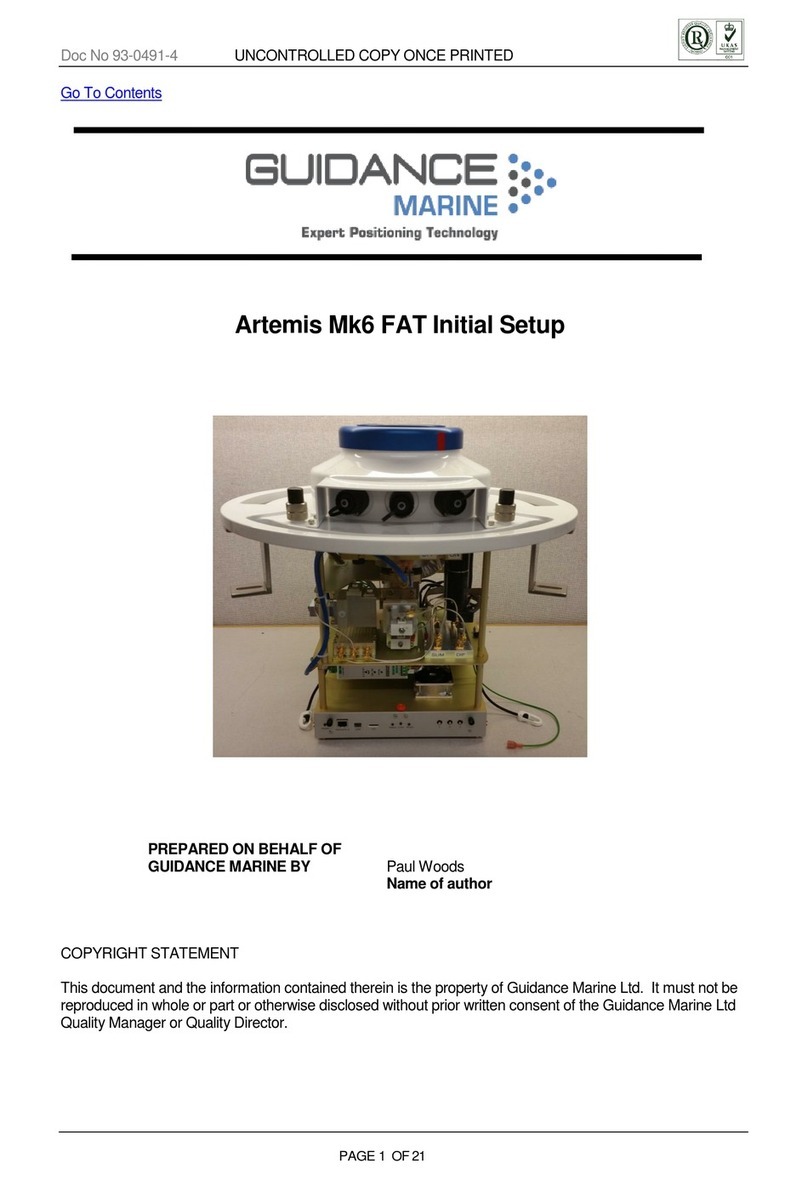
GUIDANCE MARINE
GUIDANCE MARINE Artemis Mk6 FAT Initial setup
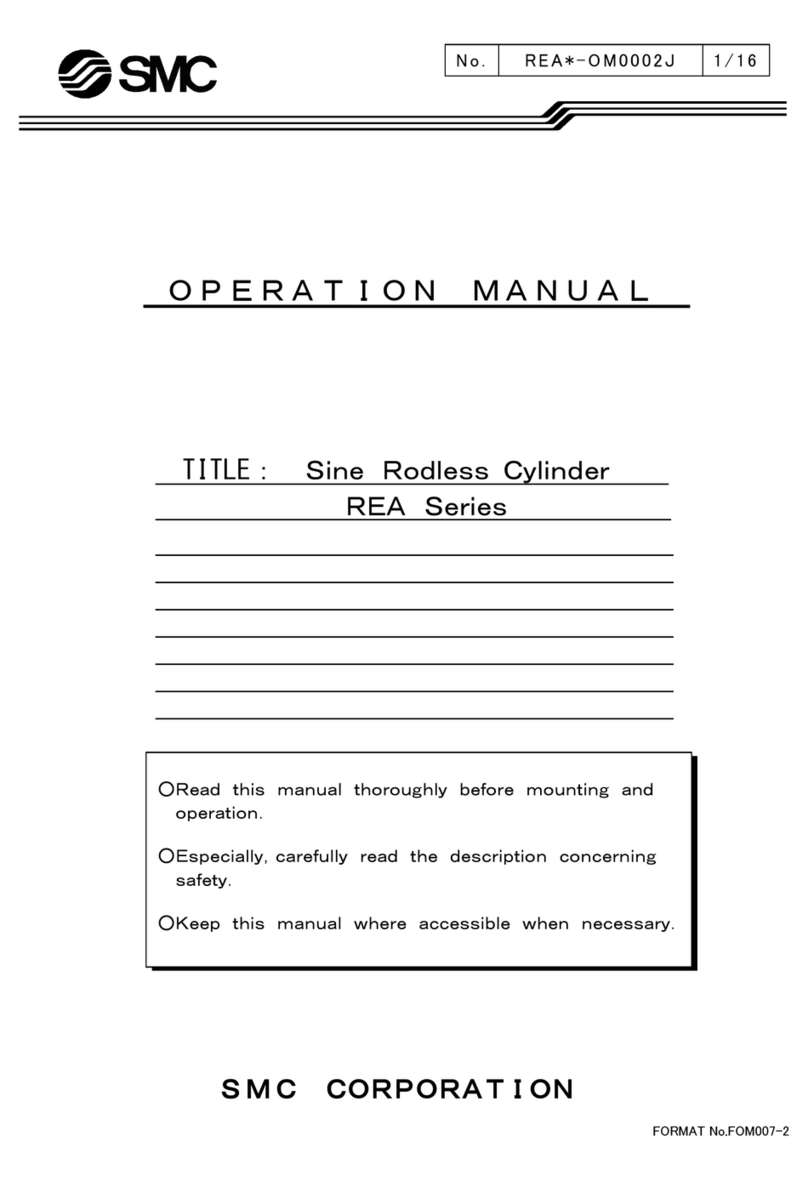
SMC Networks
SMC Networks REA Series Operation manual
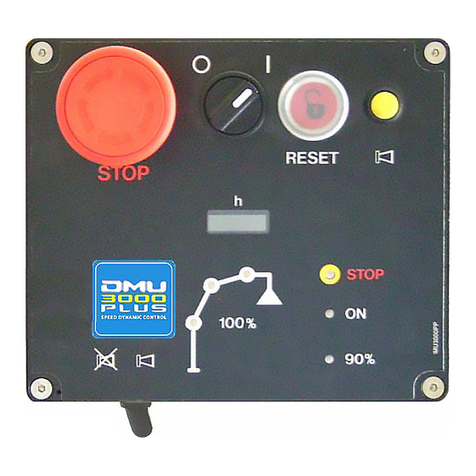
Effer
Effer DMU 2000 Technical Assistance manual
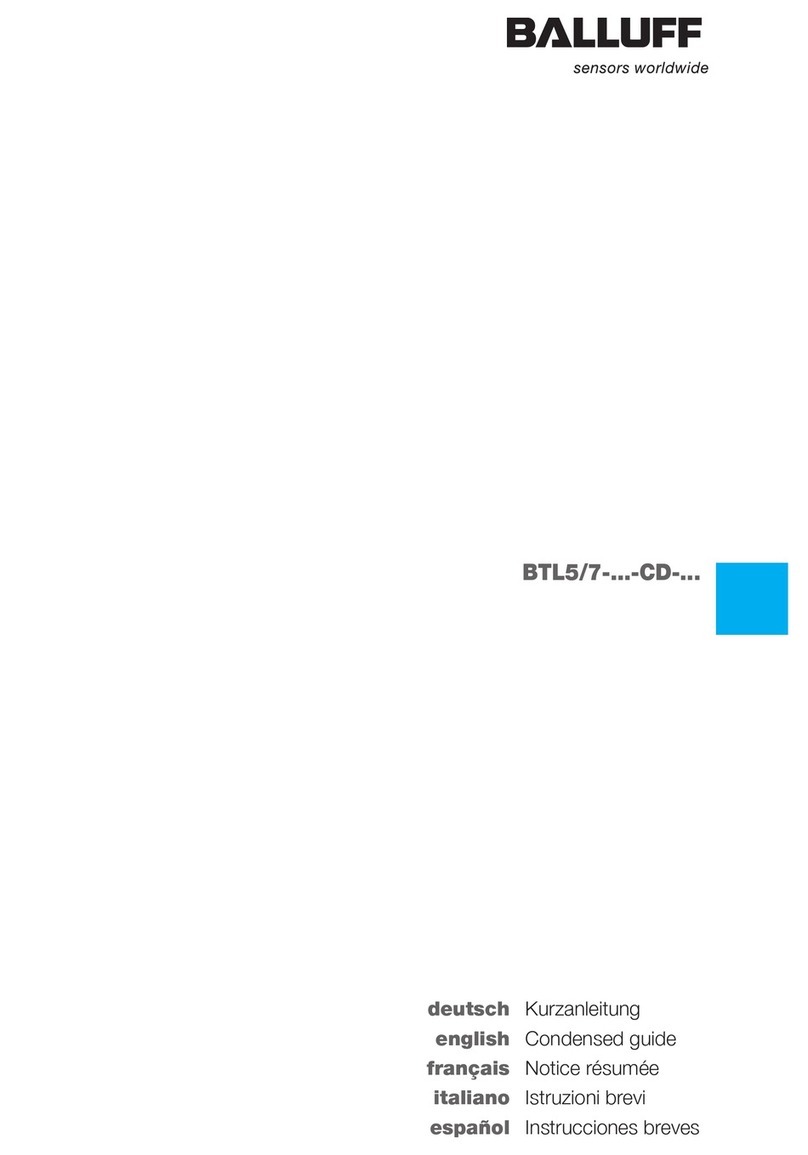
Balluff
Balluff Micropulse BTL5 Series Condensed guide
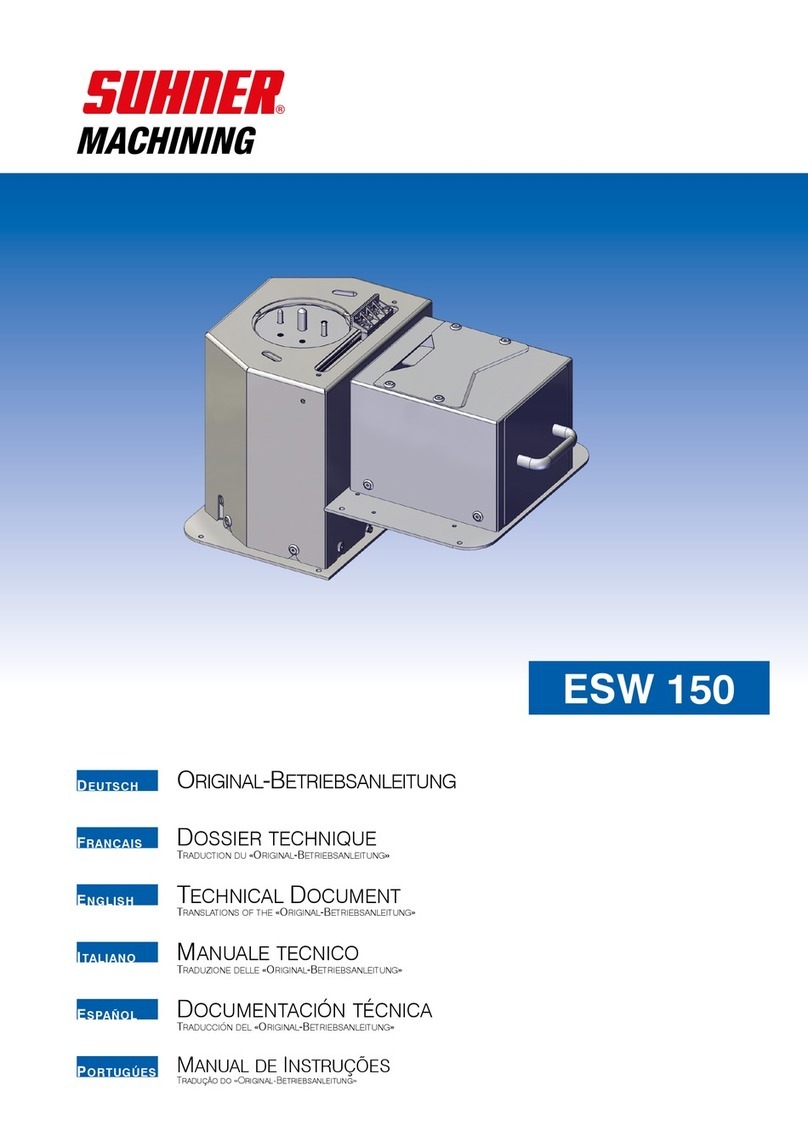
SUHNER MACHINING
SUHNER MACHINING ESW 150 Technical document

Henkel
Henkel Loctite 986641 instruction sheet
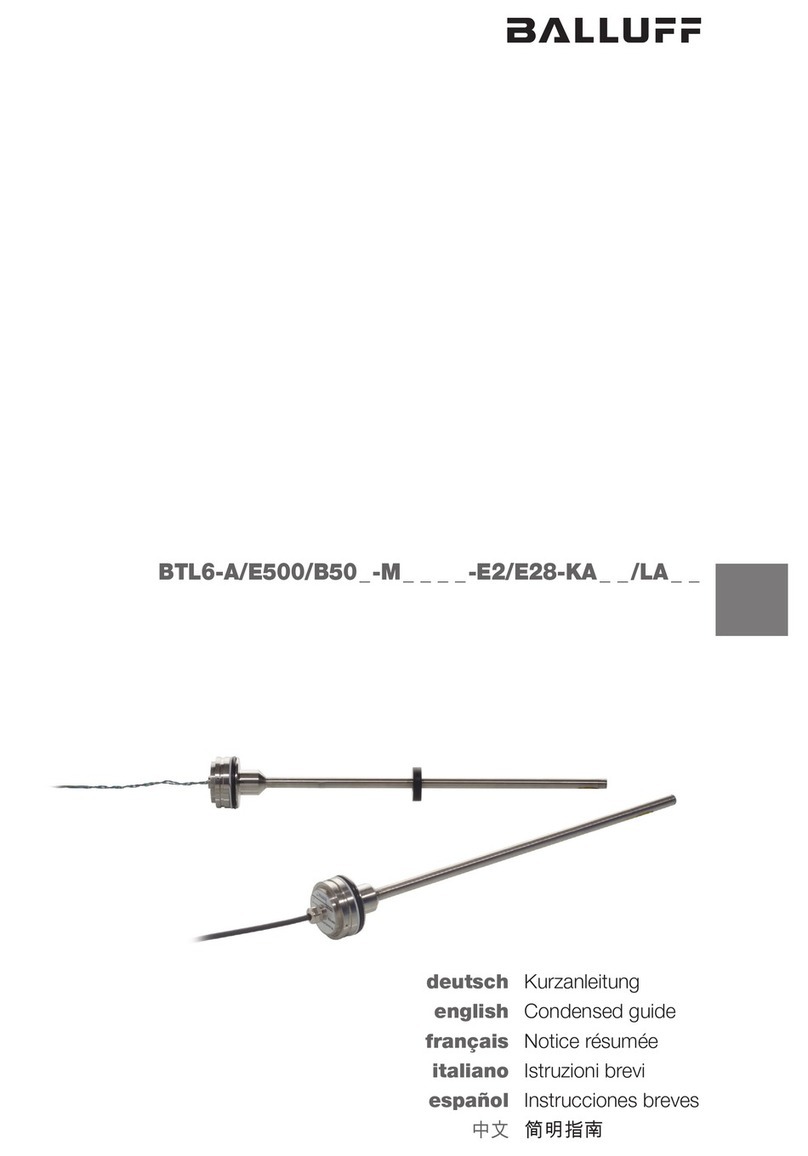
Balluff
Balluff BTL6-A/E500/B50 M E2/E28-KA LA Series Condensed guide

Zimmer
Zimmer GSI Series Installation and operating instructions
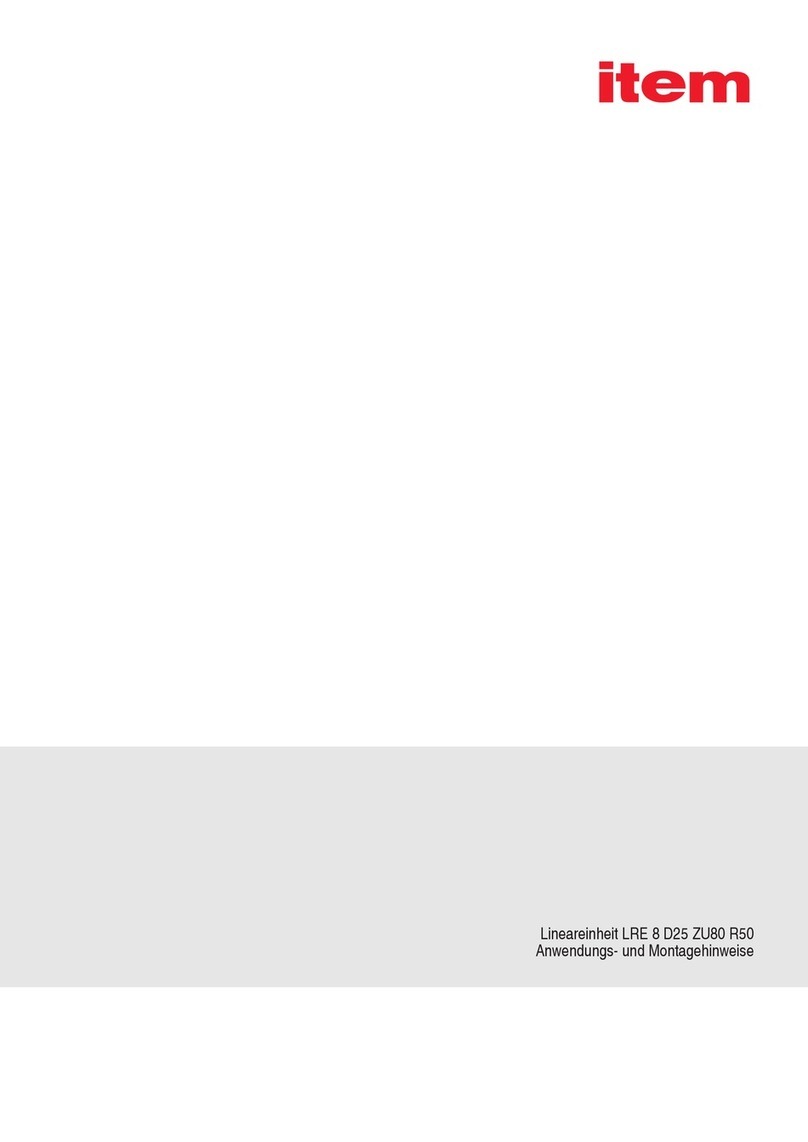
ITEM
ITEM LRE 8 D25 ZU 80 R50 Notes on Use and Installation
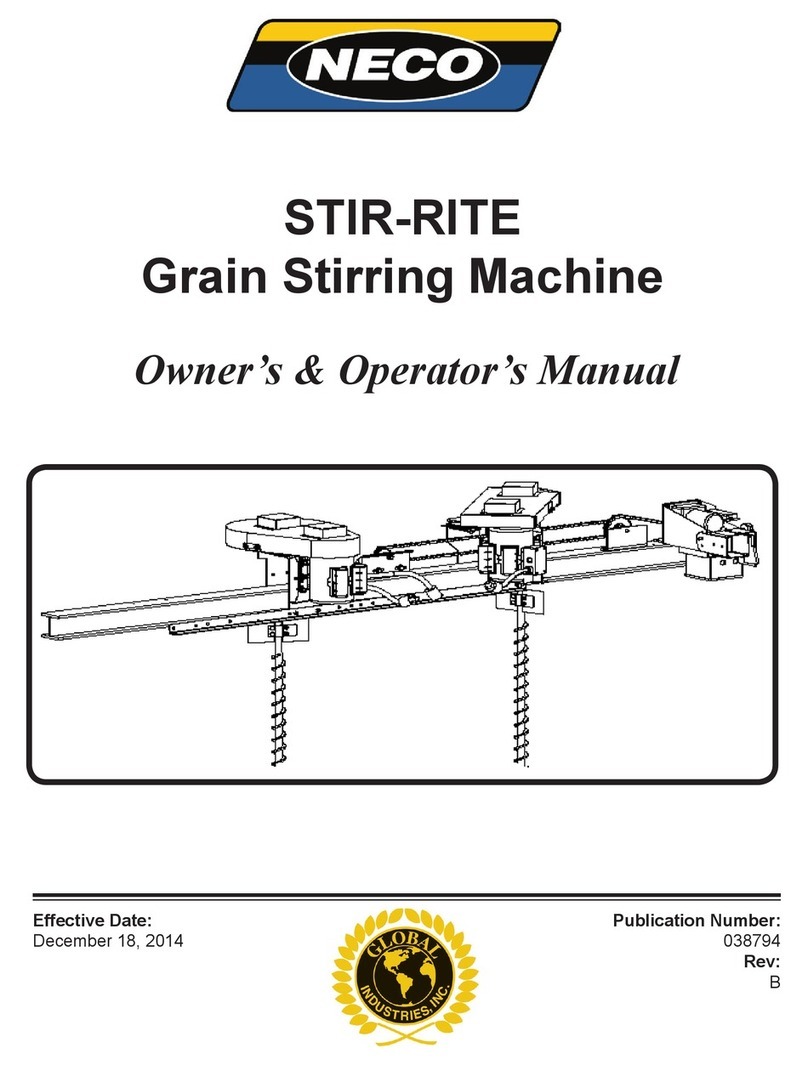
Neco
Neco STIR-RITE Owner's/operator's manual
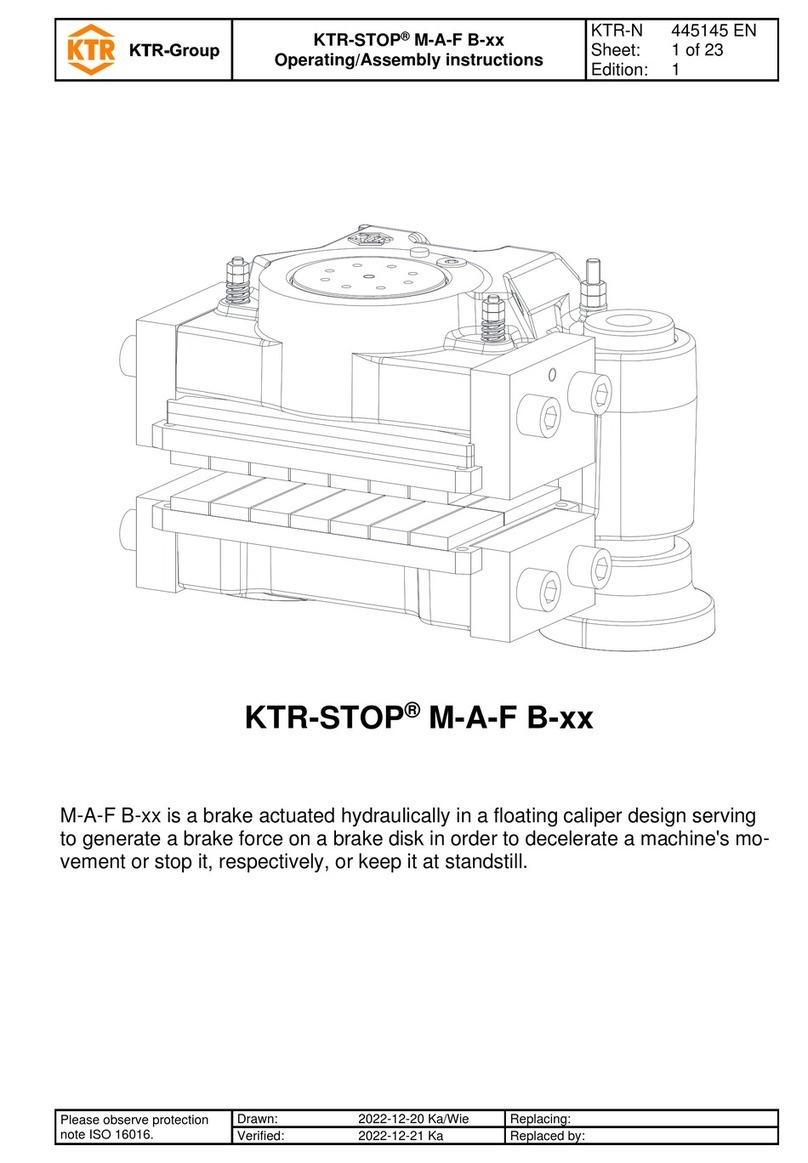
KTR-Group
KTR-Group KTR-STOP M-A-F B Series Operating & assembly instructions
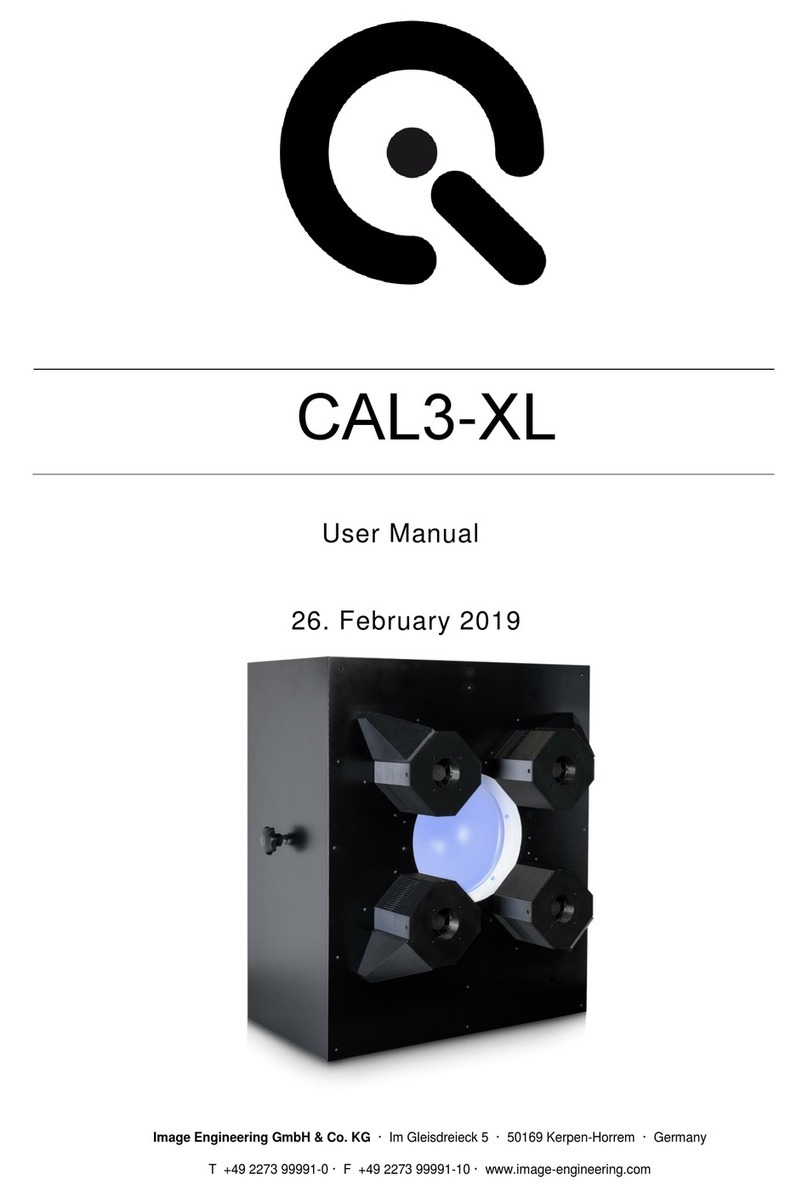
Image Engineering
Image Engineering CAL3-XL user manual
